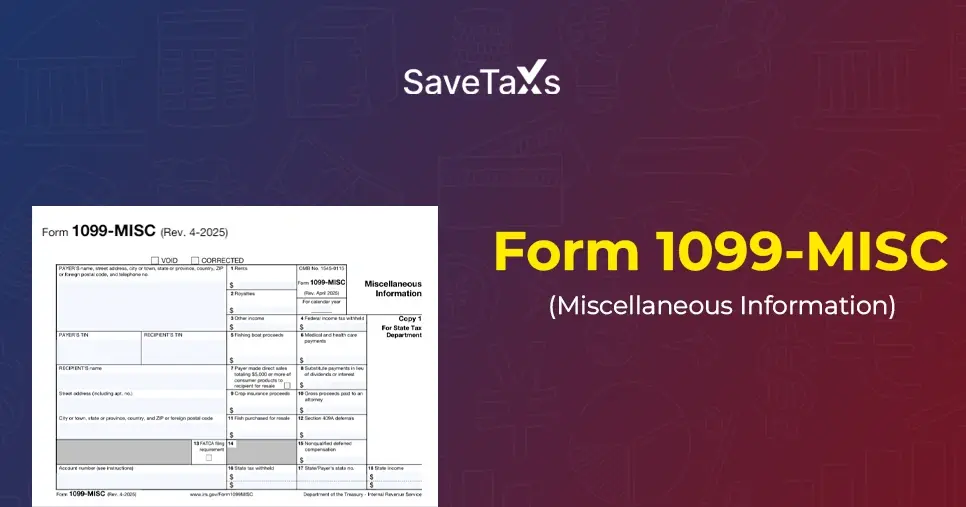Section 147 of the Income Tax Act plays a vital role in ensuring that every income subject to taxation is accurately reported and assessed. It outlines the responsibilities of the Assessing Officer (AO) to identify discrepancies, issue notices, and conduct reassessments to preserve the integrity of the tax system.
The Finance Act of 2021 has completely revamped the assessment and reassessment provisions under Section 147. In this blog, we will understand Section 147 in detail — but before that, let’s look at the important terms associated with it.
Understanding Key Terms in Section 147
To understand Section 147 properly, it is important to know the terms used in reassessment proceedings, such as income escaping assessment, assessment, and reassessment.
Income Escaping Assessment (IEA)
Income escaping assessment refers to income that was either not included in the Income Tax Return (ITR) or was missed by tax authorities during assessment. Factors leading to IEA include:
- Undisclosed Income:
Income not declared in ITR due to oversight, misunderstanding, or deliberate concealment. - Incorrect Assessment:
Even correctly reported income may be under-assessed due to errors made by tax authorities. - Misreported Income:
Income is underreported due to calculation errors or intentional misreporting. - Excessive Deductions and Reliefs:
Claiming deductions beyond permissible limits due to a misunderstanding or malicious intent.
Errors committed by taxpayers or by tax officials can both result in income escaping assessment, thus triggering reassessment under Section 147.
Assessment
Assessment is the examination of your income tax return by the Income Tax Department. The department may seek additional information if required. The goal is to ensure accurate reporting of income, deductions, and claims.
There are various types of assessments:
Types of Assessments
Assessment can take various forms, including self-assessment, preliminary assessment, regular assessment, and special assessment.
Self-Assessment
Here, taxpayers can calculate their own tax liability depending on their income for a specific financial year. They must then file an ITR (Income Tax Return) during the subsequent assessment year (AY).
For example, earnings in the financial year 2024-2025 will be assessed in the assessment year 2025-2026. After self-assessment, taxpayers will calculate their tax liability, pay it, and submit their ITR. After that, the income tax department (ITD) will check the returns for any arithmetic errors, incorrect claims, etc., usually in a computerised manner, without a detailed review of the ITR filed at this stage.
Preliminary Assessment
Once the ITR is filed following self-assessment, the Income Tax Department conducts a basic check and validation. This initial check is done to identify any calculation errors or incorrect claims, without a thorough examination. This initial assessment serves as a surface-level check to ensure accuracy.
Regular Assessment
Following the preliminary assessment, a regular evaluation is performed. It includes a comprehensive review of the tax return and documents by tax officials to ensure accurate income reporting and tax payment. This type of assessment is further divided into two categories:
- Scrutiny Assessment: Scrutiny assessment is a detailed examination of the return to verify the accuracy of reported income and claims.
- Best Judgement Assessment: If the taxpayer fails to provide necessary information, the assessing officer (AO) will determine the assessment using the best information available.
Special Assessment
Previously classified under various sections, special assessment has been combined under Section 147 to cover income escaping assessment, and evaluation following a search operation under Section 153A to 153C.
- Income Escaping Assessment (IEA): There may be times when specific income heads are excluded from the initial assessment process, either knowingly or unknowingly. In such cases, if the assessing officer (AO) determines that the taxable income was not assessed, they may reopen the case to reassess the taxpayer's ITR under Section 147 of the Income Tax Act (ITA). The AO will assess or reassess income and adjust any deductions or allowances for the assessment year (AY) in accordance with Sections 148 to 153. Reassessment can occur multiple times if other conditions stated under Section 147 have been met.
- Assessment Following a Search Operation: Covered under sections 153 (A) - 153 (C), this assessment is conducted following a search or seizure operation to reassess income and review any undisclosed assets or earnings.
Reassessment
This refers to the Income Tax Department's recalculation of the tax liability, initiated when specific income sources are believed to have been excluded from the original assessment. Reassessment can occur due to undisclosed income, errors in the assessment process, or failure to file tax returns, ensuring that any income overlooked in the initial assessment process is accurately taxed.
These assessment types ensure that income is reported accurately and taxed in accordance with legal requirements, with varying levels of scrutiny as required.
Explanation of Section 147
Section 147 authorizes the AO to reassess income that has escaped assessment due to nondisclosure, errors, or failure to file returns.
Income is considered to have escaped assessment if it has not been taxed.
For example:
- If an individual earns ₹24 lakh but reports only ₹20 lakh, then ₹4 lakh has escaped assessment.
- If a business earns ₹40 lakh but does not file a return, the entire amount is considered escaped income.
The Finance Act, 2021, introduced changes to improve fairness, transparency, and clarity in reassessment.
Amendments of the Finance Act 2021
The Finance Act 2021 replaced the earlier provisions and introduced new Sections 147, 148, 148A, and 149. Sections 153A–153C (search assessment) were removed and integrated into the new reassessment system.
Introduction of Section 148A
The Finance Act, 2021, has inserted Section 148A, which mandates the AO to conduct an inquiry and give the taxpayer an opportunity to be heard before issuing any Income Tax Notice. After considering the taxpayer's response, the AO can decide, based on the material facts, whether to invoke the reassessment provisions or not.
Removal of the Reassessment Procedures
Previously, the AO would reopen an assessment if it had a "reason to believe" income had escaped assessment. According to Sections 148 to 153, they could assess that income or other incomes discovered later during Section 147 proceedings. However, the government has now specified that AOs must base their reassessments on consideration information rather than relying on best judgment. This change eliminated any subjectivity and discretion previously held by the AO (Assessing Officer).
Regarding Sections 147 and 148, the information with the AO indicates that the income eligible for taxation that has escaped assessment is defined as:
- Any information flagged in a taxpayer's case for the relevant assessment year (AY), according to the rules (risk management strategy) set by the Central Board of Direct Tax (CBDT) from time to time.
- Any final objection from the Comptroller and Auditor General of India (CAG of India) to the taxpayer's assessment for the relevant assessment year did not comply with the provisions of this Act.
Situations in which the AO shall be deemed to have information that suggests that the income subject to tax may have escaped assessment in the case of a taxpayer, including:
- Search A: A search is initiated under Section 132 or the books of accounts, other documents, or any asset requisition under Section 132A on or after April 1, 2021, in the case of the taxpayer.
- Survey: A survey conducted under Section 133A, excluding under sub-section (2A) or sub-section (5) on or after April 1, 2021.
- Seizure: The AO, with prior approval from the Principal Chief Commissioner of Income Tax (PCIT), determines that any seized items under Section 132A, in case of any person, on or after April 1, 2021, belong to the taxpayers. It includes any money, bullion, jewellery, or other valuable articles or things.
Amendments by Finance Act 2022 - Updated Time Limits
The timeline for completing assessment, reassessment, and recalculation has been modified. Specifically, for the Assessment Year (AY) 2020-2021, the completion period has been extended from 12 months to 18 months. From AY 2021-2022 onwards, the completion time is set at 9 months following the end of the assessment year.
| Assessment Year | Time Limit |
|---|---|
| AY 2021-22 and onwards | 9 months from the end of AY |
| AY 2020-21 | 18 months |
| AY 2019-20 | 12 months |
| AY 2018-19 | 18 months |
| Up to AY 2017-18 | 21 months |
All search and requisition cases from FY 2021-22 onward must follow Section 147 time limits.
Related Provisions
Before issuing a notice under Section 148, the AO must comply with Section 148A, which requires them to give the taxpayer a chance to explain why a notice regarding income escaping assessment should not be issued. While Section 148 pertains to the issuance of notices in cases of income escape or audit, Section 151 concerns the required sanction for such notices. The AO may also address any other income issue that comes to light during the Section 147 proceedings, regardless of whether the provisions of Section 148A were followed.
Reassessment Procedure Under Section 147
The reassessment process includes the following steps:
1. Identification of Escaped Income
The reassessment begins with the AO identifying unreported income in the taxpayer's income tax return (ITR). The AO must have a "reason to believe", supported by evidence, that such income went unassessed, due to inconsistencies or discrepancies found during the original assessment.
2. Recording Evidence
The AO must document relevant facts, representations, and any evidence provided by the taxpayer. Despite the AO's initial view that income escaping assessment, documentation is essential for supporting the reopening of the reassessment process.
3. Approval from Higher Authority
If the AO believes that the income has escaped assessment based on the taxpayer's response and gathered evidence, they must seek prior approval from a higher authority before proceeding. Once approved, the AO may issue a notice under Section 148 to the taxpayer, thereby starting the reassessment process.
4. Issuance of Notice (Section 148)
Upon obtaining all the necessary approvals and documenting all the relevant facts, the AO issues a notice under Section 148, notifying the taxpayer that their case is being reopened for reassessment. The taxpayer is generally given 30 days to respond with a revised return.
5. Filing Revised Return
After receiving the notice, the taxpayer must submit a revised return that addresses the AO's concern. You need to disclose any previously unreported or inaccurately reported income. The revised return must correct the discrepancies found in the original submission.
6. AO Examination
Upon receiving the revised return, the AO (Assessing Officer) reviews it and may request additional information or clarification from the taxpayer to resolve any outstanding issues.
7. Draft Assessment Order
Following the evaluation of the revised return and supporting documents, if the AO (Assessing Officer) determines that additional tax is due, a draft assessment order is prepared. Then, it is submitted for internal review and approval by a higher authority before proceeding further.
8. Issue of Show Cause Notice
The AO issues a show-cause notice, allowing the taxpayer to explain why the proposed additional tax should not be imposed. This is a vital aspect of the reassessment process, ensuring the taxpayer's right to be heard before any final decision is made.
9. Hearing
A hearing is held, allowing the taxpayer to present their case before the tax authorities. Here, the taxpayer can provide further documentation and explanations to challenge the revised tax liability proposed by the Assessing Officer (AO).
10. Final Assessment Order
The AO issues the final assessment order based on the hearing outcome and a detailed review of submissions. This order details the previously unassessed income and the new tax liability, including applicable interest and penalties.
11. Right to Appeal
After the final assessment order, the taxpayer has the right to appeal the decision, typically within 30 days of receiving the order, allowing them to challenge the reassessment if they believe it is incorrect or unfair.
To Conclude
Having some knowledge of Section 147 and its related provisions is essential for taxpayers, as it governs the entire reassessment process and ensures that all income subject to taxation is accurately accounted for. Staying compliant with the rules can help you avoid penalties. This can get easier when you seek assistance from the experts at Savetaxs. We have a professional team of experts who can ensure your income tax returns are accurate. You can ensure 100% compliance by connecting with the team at SaveTaxs.
Note: This guide is for informational purposes only. The views expressed in this guide are personal and do not constitute the views of Savetaxs. Savetaxs or the author will not be responsible for any direct or indirect loss incurred by the reader for taking any decision based on the information or the contents. It is advisable to consult with either a Chartered Accountant (CA) or a professional Company Secretary (CS) from the Savetaxs team, as they are familiar with the current regulations and help you make accurate decisions and maintain accuracy throughout the whole process.

Mr Varun is a tax expert with over 13 years of experience in US taxation, accounting, bookkeeping, and payroll. Mr Gupta has not prepared and reviewed over 5000 individual and corporate tax returns for CPA firms and businesses.
- Form ITR-V: How to Download Your ITR-V from the Income Tax Portal?
- Form 10BA of Income Tax Act: Due Date, Applicability, How to File and Download
- Donations Under Section 80G and 80GGA Of The Income Tax Act
- Tax on Dividend Income: Do I Need to Pay Tax on Dividend Income?
- TDS Certificate Form 16A For NRIs: TDS on Indian Income
- Section 115BAC New Tax Regime 2025: Slabs, Benefits, Exemptions & Deductions
- Section 144 of the Income Tax Act: Best Judgement Assessment
- Inheritance Tax On NRI (Non-Resident Indians) In India
- Section 80CCD Of Income Tax Act: NRIs Tax Savings Guide
- Types Of Taxes In India: Direct Tax and Indirect Tax
Want to read more? Explore Blogs
Frequently Asked Questions
No matter what your source of income is, we've got you covered. There’s a plan for everybody!
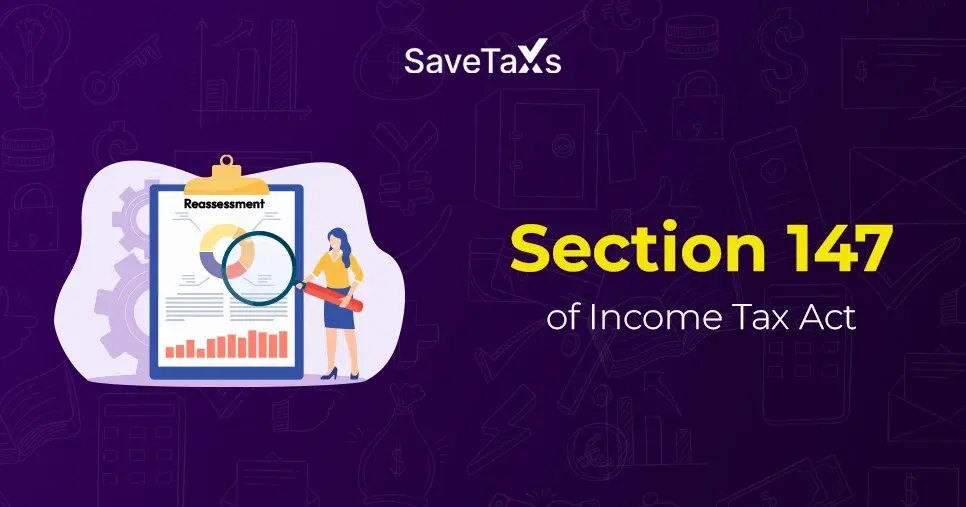
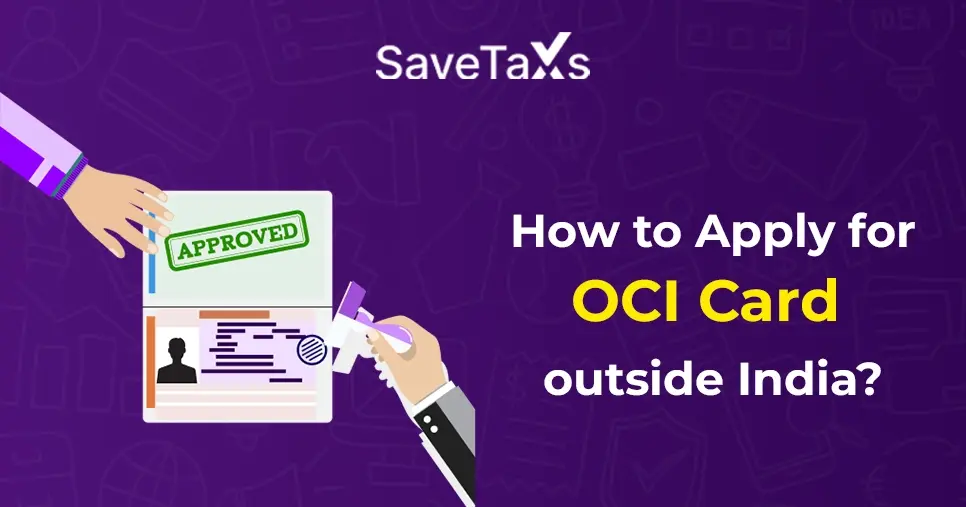
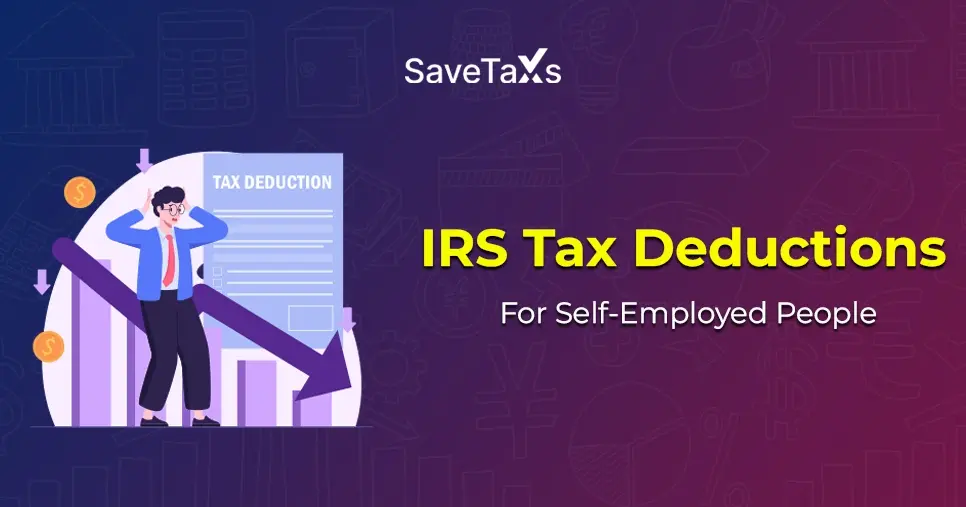
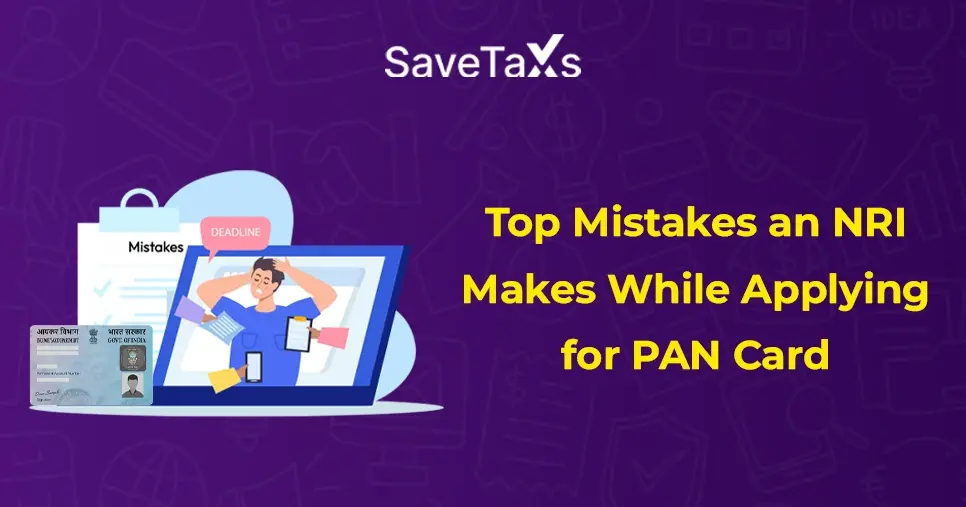
_1766059659.webp)
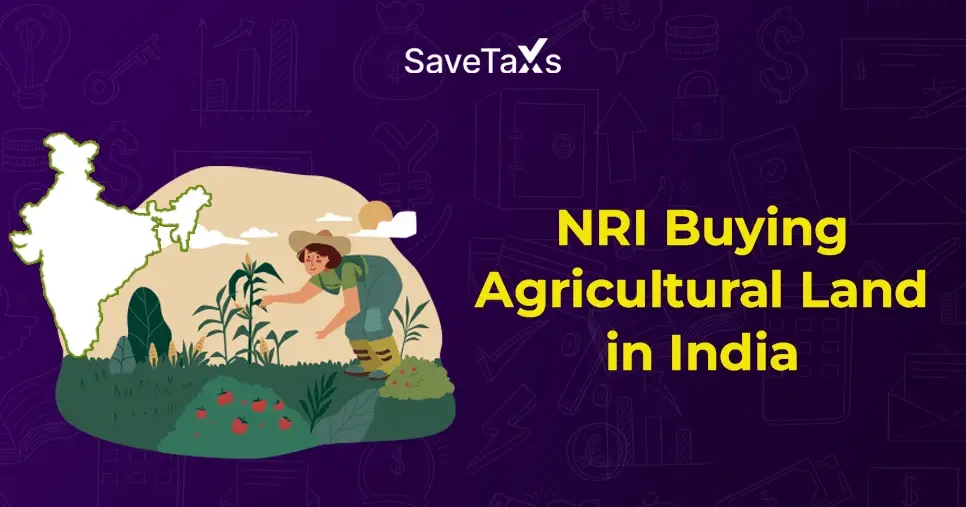

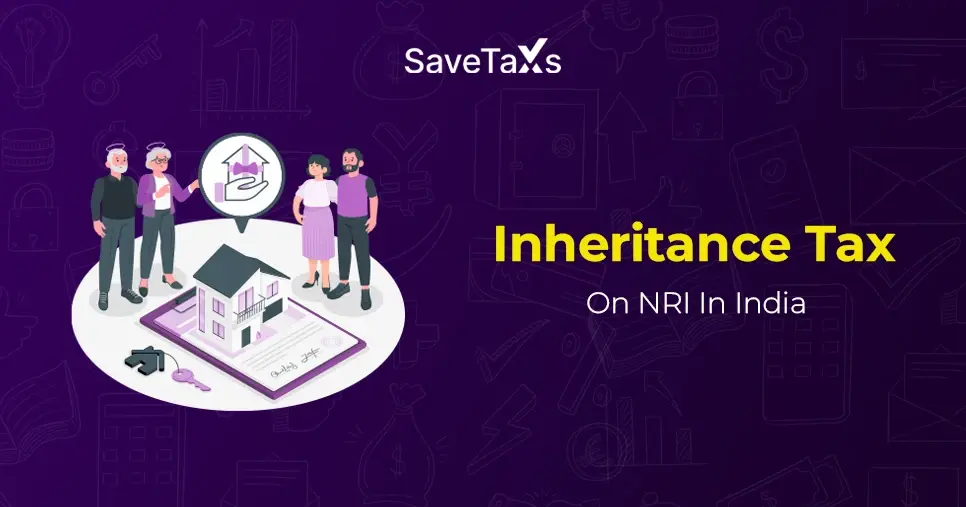
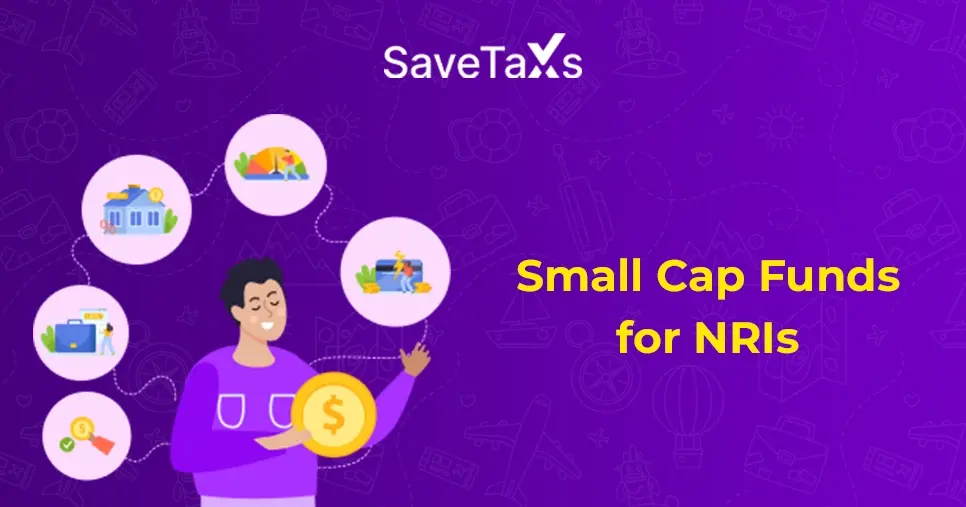
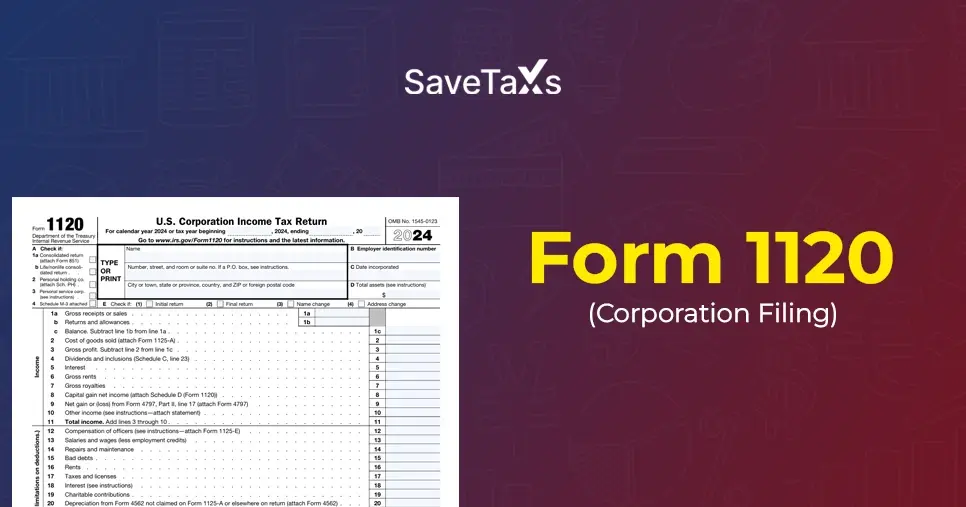


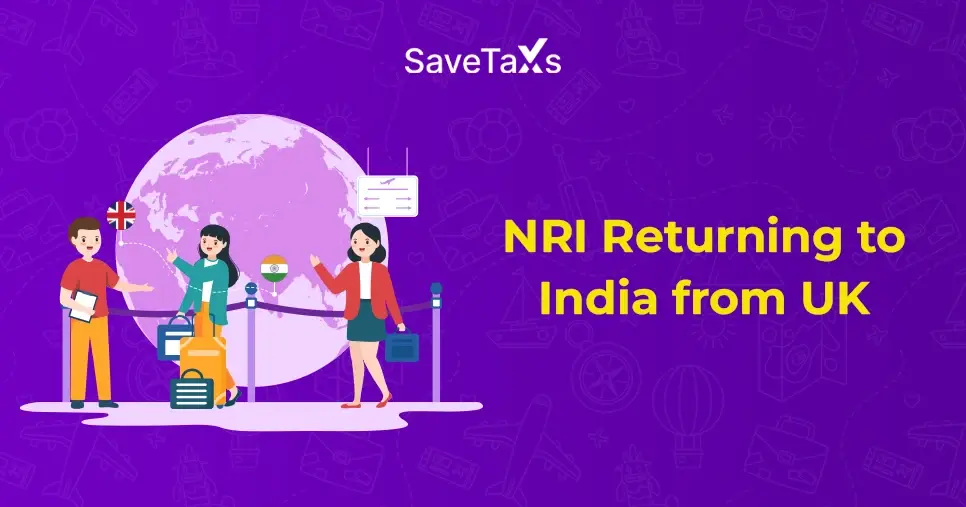
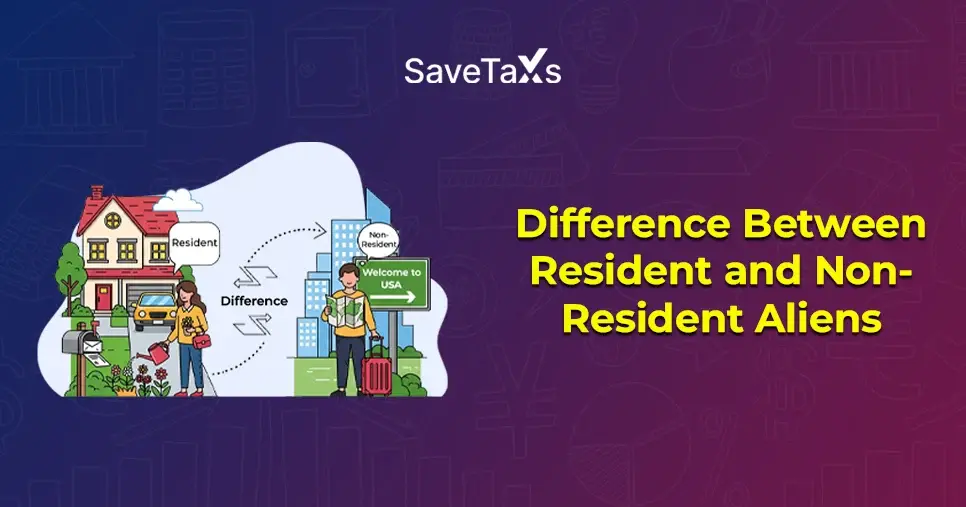
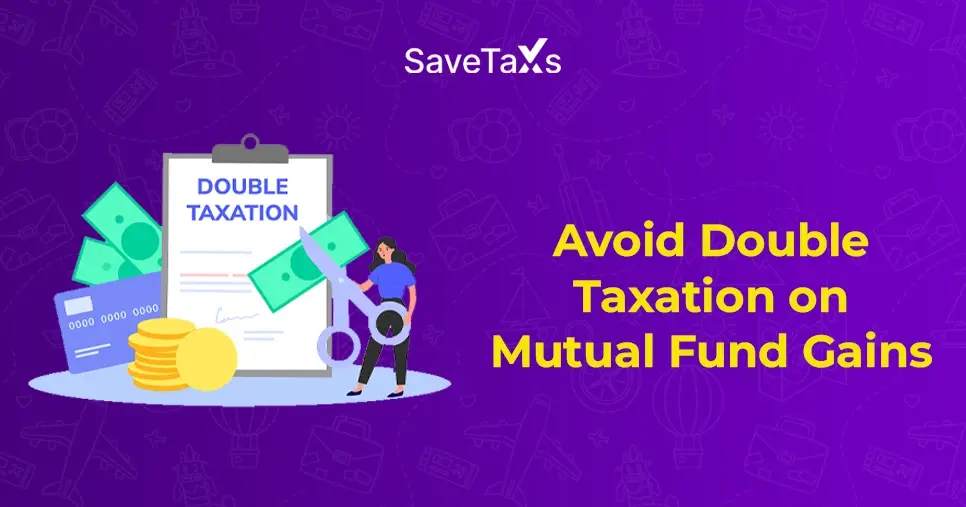
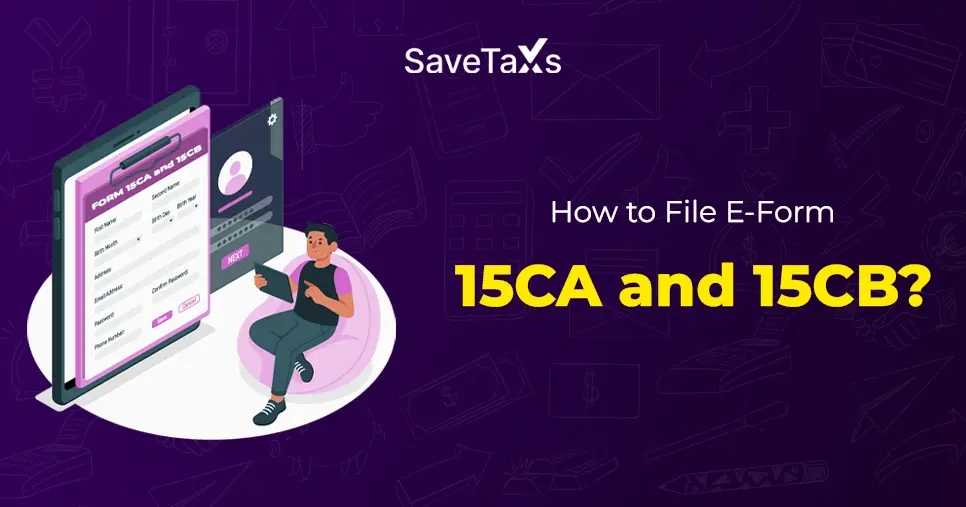
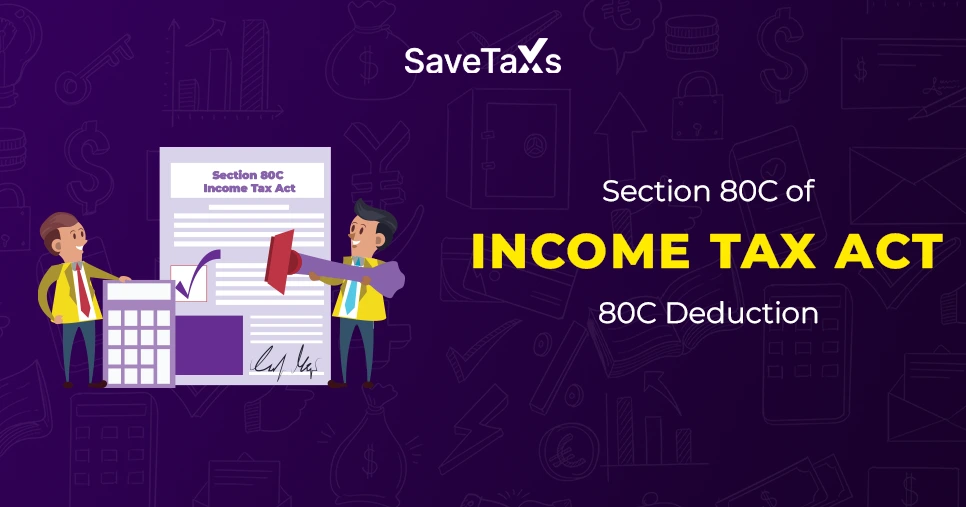
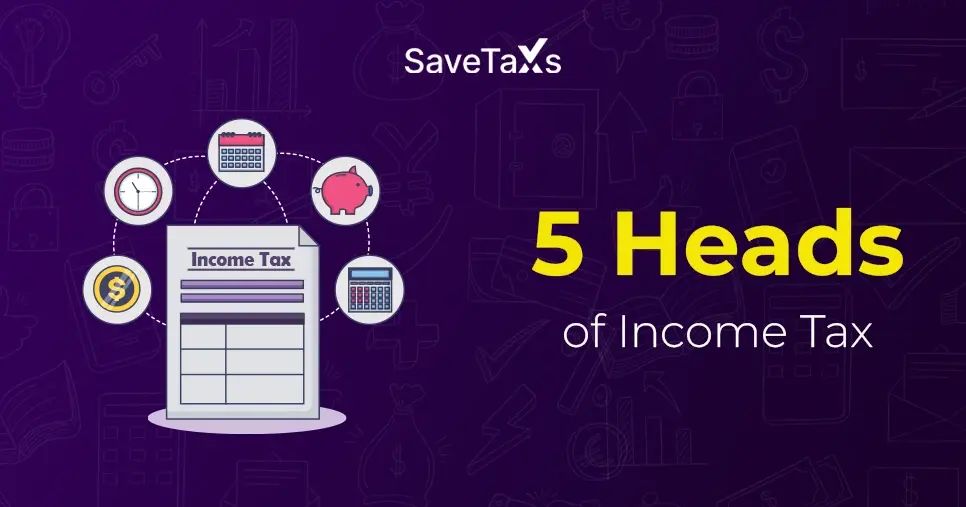
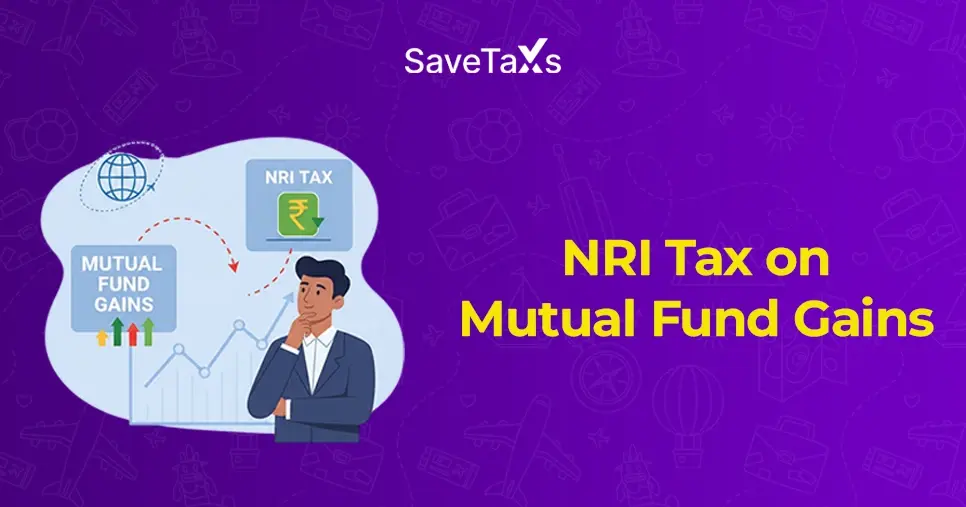
_1767077669.webp)
